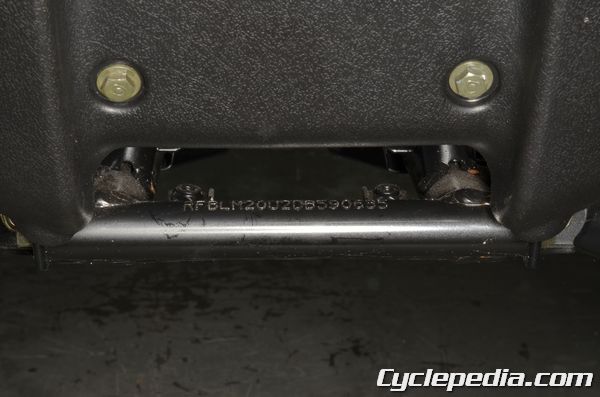

The tenth digit reveals the model year of the car, and the eleventh digit is the factory ID, which could come in handy if there is some sort of recall related to a specific production line.įinally, the last six digits act as the unique serial number of the car itself. The ninth digit is of key importance, especially to a used car buyer. The next five digits in the VIN number will tell you the platform, body style, restraint, and engine type of the vehicle. The first three digits represent the manufacturer, including the country it was assembled in, the manufacturer itself, and the specific division it was created in, respectively. Being able to translate the VIN into easily identifiable information is akin to revealing clues on a treasure map. The third digit is the year of the model for example, 5 here would represent This numbering system was often complemented by front axle numbers too.įor example, if you are lucky enough to own a VW Beetle, using a Volkswagen engine VIN decoder will reveal much information about the power and limitations under the hood. It would be one of two VWs sold in the first year in the US, but this number would quickly rise, with 1, sold - and that many Volkswagen VIN decoders to boot in ! When the convertible Beetle was debuted, annual sales rose to 18, and peaked at the close of the s with 33, For example, decoding a VW VIN for the Bus would begin with the first two digits, which reveals the model number, such as 23 for Kombis and 21 for Panelvans.

Random vin generator by year code#
Secret message: If you love my tools, then I love you, too! Use coupon code TOOLLING to get a discount at my company.Simply hit the button and decode any make, model and year. Browserling itself is an online cross-browser testing service powered by alien technology. Behind the scenes, it's actually powered by our web developer tools that are used by millions of people every month.

This random unix time generator was created by me and my team at Browserling. When the array times is filled with the necessary number of elements, the program turns it into a string by executing the times.join(separator) method and prints it to the screen. By constructing a new big number object bigNum from a timestamp via bigNum = new BigNumber(timestamp), it can be easily converted to a number in the specified base via bigNum.toString(base). When such conversion is needed, the BigNumber JavaScript library comes handy. Sometimes, the Epoch time needs to be converted to another base, such as binary or hexadecimal. If the "Show Human Time" option is enabled, it converts the timestamp to a date string through a new Date(timestamp) object and extracts years, months, days, hours, minutes, and seconds from the date object via the getUTCFullYear(), getUTCMonth(), getUTCDate(), getUTCHours(), getUTCMinutes(), getUTCSeconds() methods and appends the human readable time in "YYYY-MM-DD HH:MM:SS" format to the timestamp. Otherwise, it pushes the new timestamp to the array. If the repetition option is enabled, it checks if the current timestamp was already added to the times array. The generation is done via a simple for loop that runs from 1 to count (specified in options). To generate a random timestamp between the two Unix times start and end, it generates a random integer via the formula Math.floor(Math.random()*(end-start+1))+start. To convert the range dates to Unix time, the program calls the Date.UTC(…) function with years, months, days, hours, minutes, seconds arguments that are extracted from these dates. The timestamp range is specified in the options as start and end variables. It creates random timestamps that are seconds since 00:00:00 UTC on January 1, 1970. This random POSIX time generator works entirely in your browser and is written in JavaScript. How Does This Random Unix Time Generator Work?


 0 kommentar(er)
0 kommentar(er)
